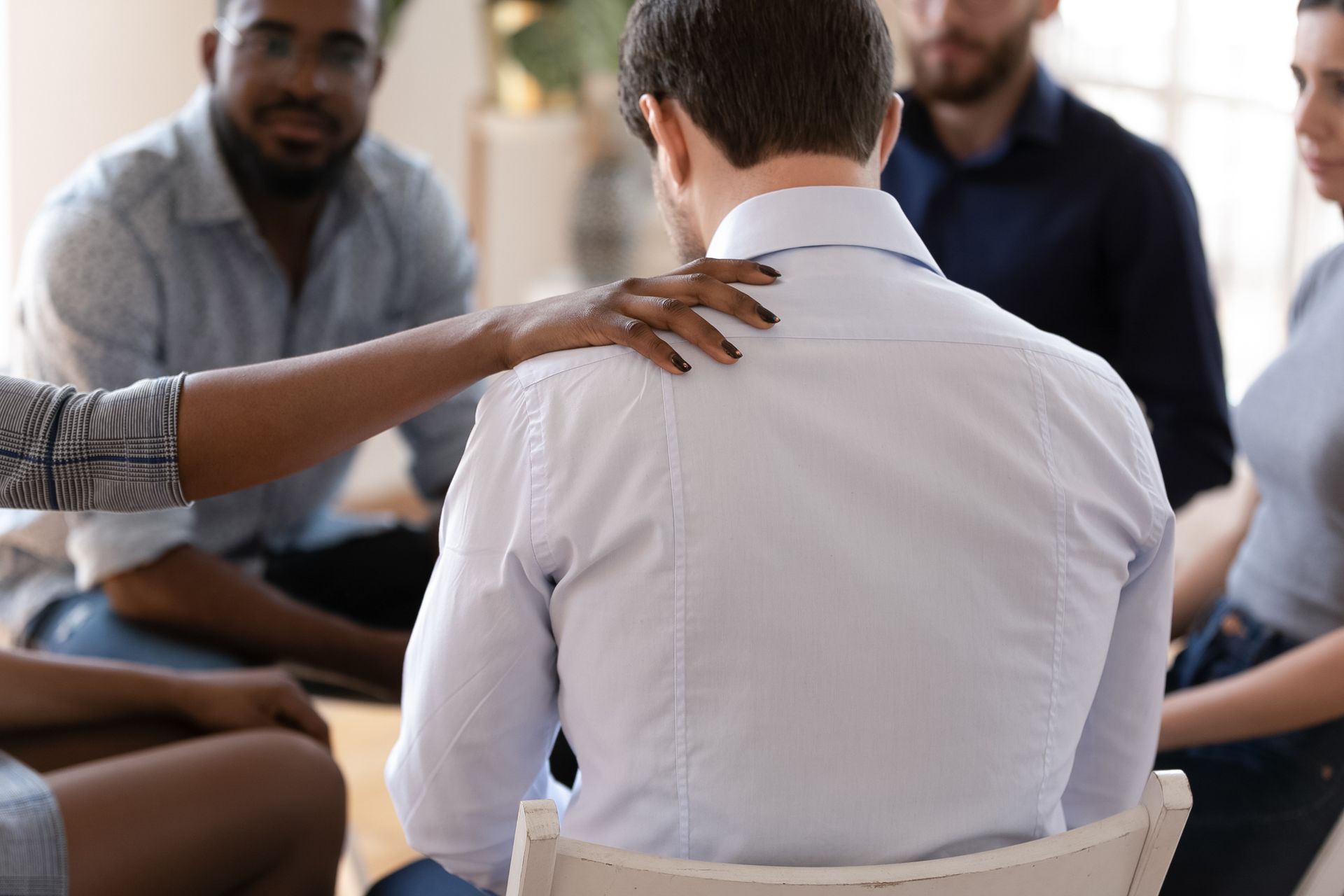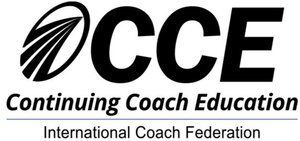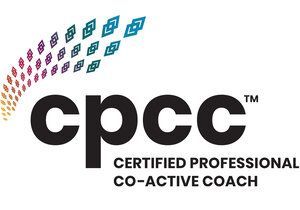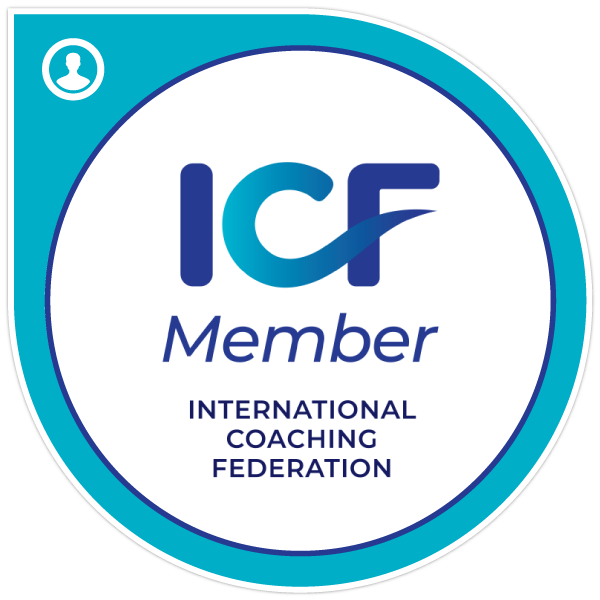Strategies for Addiction Recovery

Recovery from addiction is not an easy or simple path. Whilst each person’s journey is unique, there are some effective tools that can be helpful to navigate the challenges and facilitate progress. The most essential piece is creating a recovery plan. Having a desire and the intention to stay sober are not enough for recovery and to prevent relapse. In fact, many may find that after choosing abstinence, life may initially feel worse as the coping mechanism/s one has been using to numb, escape or avoid are no longer. A recovery plan should include the specific types of support that you will engage, strategies for dealing with triggers, underlying emotional concerns that may be associated with the addiction, areas that require new coping skills, self-growth and development. Here are some suggestions for creating an effective recovery plan…
1. Work with a therapist who understands addiction. Addiction is complex and involves many different components – behavioral, emotional, mental, spiritual and physiological. Recovery also requires learning new skills to cope and manage life in a fundamentally different way. Apart from addressing the various behavioural changes that are necessary for recovery, teaching effective coping skills and helping you devise an individual recovery plan, a therapist can aid with addressing other mental health challenges that are often associated with addiction, such as depression, erratic mood, anxiety, trauma, stress which is crucial to prevent relapse. Besides unmasking other emotional struggles and potential root causes of addiction, the early stages of recovery may bring other complex emotions and experiences including identity struggles, feelings of loneliness, grief and loss. Having a safe individual space to work through these challenges is helpful. Furthermore, brain chemistry can be significantlyimpacted by addiction, resulting in neurotransmitters that are out of balance. A trained therapist may also be able to assess the need for medication as an additional support to improve emotional stability which can be crucial to the recovery process.
2. Support is vital – establishing your support systems is an important part of a recovery plan. Consider joining a support group and finding a sponsor. Individuals struggling with addiction can be plagued by feelings of shame, self criticism and judgment. Attending regular support group meetings provides you with a sense of belonging – a community of people that can identify with your struggles and share in your journey. Besides being a good resource to learn more about addiction, support groups provide an opportunity to glean from others who have been on the recovery path can alert you to the practical, mental and emotional challenges that you will face. Group support provides inspiration on your journey, empowers you to believe that recovery is possible is a place to celebrate your progress. In time, being part of a group allows you to support others and appreciate your own personal growth and development. Finding a group that feels safe and comfortable for you, where you do not feel pressure or high expectations is important. This may mean attending a few different ones in order to find a good fit, but it is worth the effort especially as extensive research shows that attending regular group support significantly increases one’s chance of achieving and maintaining long term recovery.
Identify the friends and family members that can be a source of encouragement to you as well. If you are used to doing life in isolation, joining a group or taking a risk to open up to family and friends can be challenging but taking this step helps you to acknowledge where you are at, keeps you accountable and builds courage to be authentic
3. Identify and understand your triggers and cravings. Triggers can be people, places, situations, feelings, thoughts that stir cravings. Besides identifying and understanding triggers, developing a specific strategy for how you will cope with each trigger is imperative. For example, if being stressed is a trigger, how will you deal with moments when you are worried or overwhelmed? If money is a trigger, how will you handle getting your regular pay checks? Strategies for triggers and cravings need to be clear and precise and it is important to develop these strategies with your therapist and/or sponsor.
4. A recovery plan also needs to include improving self-care skills, not just lifestyle habits such as diet, exercise and sleep, but self-care tools that facilitate healthier connection to yourself and others, such as assertiveness, communication, resolving conflict and setting boundaries.. Paying attention to your personal growth and development such as taking up a hobby or engaging in new activities, being creative, discovering what brings you joy - are useful towards building your sense of self, fulfilment, meaning and purpose, preventing boredom and providing opportunities for new relationships. In this way, self-care helps with the much needed restoration of both your physical and mental health.
5. One of the biggest precipitators for addiction and relapse is not being able to deal with and manage emotions effectively. Building better self-connection and awareness, understanding your emotions and responses to situations as well as more efficient ways of working with them is essential for recovery. As Dr Gabor Mate puts it – “Sobriety is more than just abstinence”, it is about being present and aware, it is about getting closer to your authentic self, your thoughts, feelings and pains, struggles and living from this place of conscious connection. Journaling and mindfulness techniques can be helpful to make sense of emotions. Meditation, relaxation and grounding as well as other somatic/mind-body activities are also useful tools for emotional connection and regulation.
Living out your recovery plan, on a daily basis, establishes sobriety. It is useful to see recovery as a living and dynamic entity. Daily and ongoing engagement in your recovery plan allows recovery to continue thriving. If you need support or guidance in working through an addiction get in touch with us.










